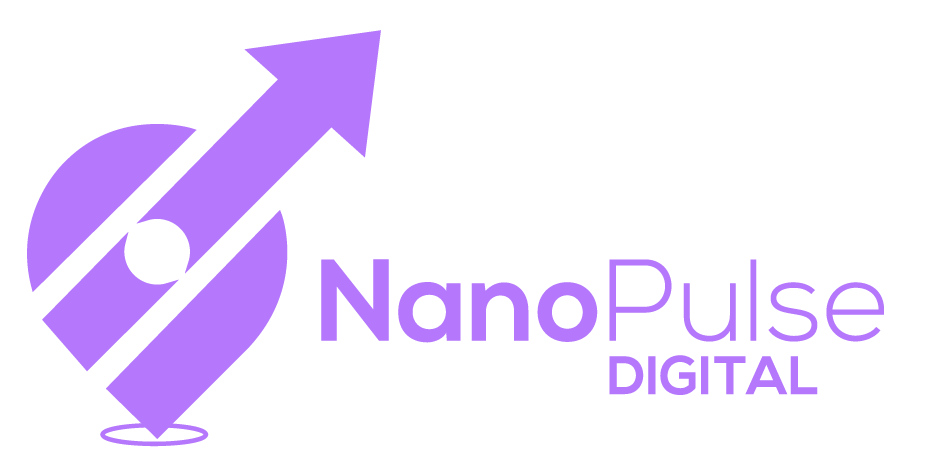Many people are wondering about this new buzzword and if they need to know more about it.
Growth Hacking is a form of marketing focused on low cost, rapid, and “out of the box” techniques to grow businesses rapidly. Strategies can experimental but can show results quickly.
Lets get into what growth hacking is and if it makes sense for your business.
Popular Growth Hacking Techniques
Growth hacking techniques are as diverse as the businesses that employ them. Here are some of the most commonly used:
Content Marketing
Content marketing is a critical component of growth hacking, serving as a powerful driver of growth and customer engagement. The central premise is simple but profound: create and distribute content that provides real value to your audience. This content can take many forms, such as blog posts, videos, infographics, webinars, podcasts, and more. However, the common thread is the focus on delivering value rather than overtly selling or promoting products or services.
Why is value so important in content marketing?
People engage with content that they find useful, entertaining, or enlightening. Value-laden content is more likely to be read, shared, and engaged with, ultimately increasing your brand’s reach and visibility.
Furthermore, valuable content can foster trust and build a loyal audience. It’s a way of showing that you understand your audience’s needs, challenges, and interests, and that you’re committed to providing solutions, even if it doesn’t directly translate into a sale. This builds a positive brand reputation and increases the likelihood that when your audience members are ready to make a purchase, they’ll think of you first.
Now, how can content marketing align with growth hacking and lead to viral success? In essence, the goal of growth hacking is to achieve rapid, sustainable growth. Content marketing can serve this goal by attracting a steady stream of new users who engage with your valuable content, share it within their networks, and ultimately become loyal customers.
To increase the potential for your content to go viral, you need to understand what your audience wants and the type of content they’re likely to share. Typically, content that elicits strong emotions (whether positive or negative), offers a novel perspective, or is highly informative has a higher chance of being shared widely.
Don’t shy away from leveraging the power of storytelling.
People connect with stories on a deep, emotional level. If you can tell a compelling story through your content – whether it’s the story of your brand, your customers, or even a relevant topic in your industry – you significantly enhance the likelihood of your content being shared and going viral.
In conclusion, content marketing is a potent tool in growth hacking. By consistently creating and sharing valuable content that resonates with your audience, you can attract new users, retain existing ones, foster trust, and ultimately drive growth. With the right approach, your content might even go viral, amplifying these effects and propelling your business to new heights.
Social Media Optimization (SMO)
In the landscape of growth hacking, Social Media Optimization (SMO) plays an essential role. Traditional methods of social media management can often result in the distribution of insubstantial content that fails to captivate the audience or stimulate their interest. However, SMO, when utilized within a growth hacking strategy, significantly changes this dynamic.
SMO within growth hacking necessitates a shift in perspective.
It’s about using social media not just as a broadcasting channel, but as a tool for attracting, engaging, and ultimately converting users. This shift demands a transformation in content strategy, focusing on value-adding and meaningful content that can appeal to and engage users.
A successful SMO strategy is centered on the audience and works backward from there.
- What are their challenges?
- What solutions are they seeking?
- How can your business provide these solutions?
By creating and sharing content that answers these questions, you stand a much better chance of capturing their attention and growing your social media presence.
User-generated content (UGC)
Encouraging your audience to contribute content not only provides fresh, unique material for your platforms, but it also fosters a sense of community and engagement, making your audience feel heard and valued.
Moreover, SMO is not just about creating great content; it’s also about optimizing it. This involves strategically using keywords, hashtags, and metadata to increase your content’s visibility in social media searches. The better optimized your content is, the easier it will be for new users to discover it.
Search Engine Optimization (SEO)
SEO is a long term strategy, but it can be one of the lowest cost ways to gain traffic to a website.
This involves making website improvements to boost its visibility when people search for products or services related to your business on search engines.
SEO is often sold to people for large amounts of money for backlink building and technical updates. While these are important, search engine optimization is much more than just that.
Viral Marketing
Viral means that every person/customer becomes an advocate for your business causing exponential growth.
Generally there needs to be a reason for the word to spread. Some sort of reward to current customers or incentive. This causes exponential growth.
Email Marketing
Despite the growth of social media, email remains a powerful tool for reaching customers directly and driving engagement.
This can include buying email lists, rewarding people for signing up to your list, or even paying for ad space in newsletters such as TLDR.
A/B Testing
This method involves comparing two strategies against each other to determine which one performs better. The trick is only changing 1 or 2 variables to ensure the data is clean.
A/B testing in a growth hacking context is all about rapid results. Since things are happening quickly, making calls based on performance needs to be with data instead of feeling.
Growth Hacking: The Art of Being Scrappy and Resourceful
One of the most salient characteristics of growth hacking is its inherent scrappiness and resourcefulness. Unlike traditional marketing, which often relies on sizeable budgets and vast resources, growth hacking is all about achieving the maximum impact with minimum expenditure. It’s about being lean, agile, and exceptionally creative in your approach to driving business growth.
Limited Resources means Out-of-the-Box
Small budgets and resources necessitate a departure from traditional marketing strategies, which can be costly and time-consuming. Instead, growth hackers leverage low-cost yet highly effective strategies to generate growth, often relying heavily on digital channels and tools.
A classic example of this resourcefulness is leveraging existing platforms and networks for growth. Rather than investing heavily in building their own networks from scratch, growth hackers often seek ways to tap into existing networks, where their target audience already congregates. This approach, often referred to as ‘platform hacking,’ can provide rapid access to a large pool of potential customers.
Moreover, growth hackers prioritize experimentation and iteration over large-scale, long-term campaigns. They continuously test, tweak, and optimize their strategies based on data and feedback, aiming to achieve the most significant impact with the smallest tweaks. This lean approach not only maximizes efficiency and cost-effectiveness, but it also allows for rapid adaptation to changes in the market or consumer behavior.
But perhaps most importantly, growth hackers exhibit a relentless focus on growth. Every strategy, every action, is evaluated based on its potential impact on growth. This single-minded focus allows growth hackers to cut through the noise and concentrate on what truly matters, making the most of the resources they have.
Growth hacking, therefore, is not just a set of techniques or strategies. It’s a mindset – a mindset of scrappiness and resourcefulness, where creativity, agility, and a relentless focus on growth are paramount. By embracing this mindset, businesses of all sizes and stages can drive significant growth, even with limited resources.

